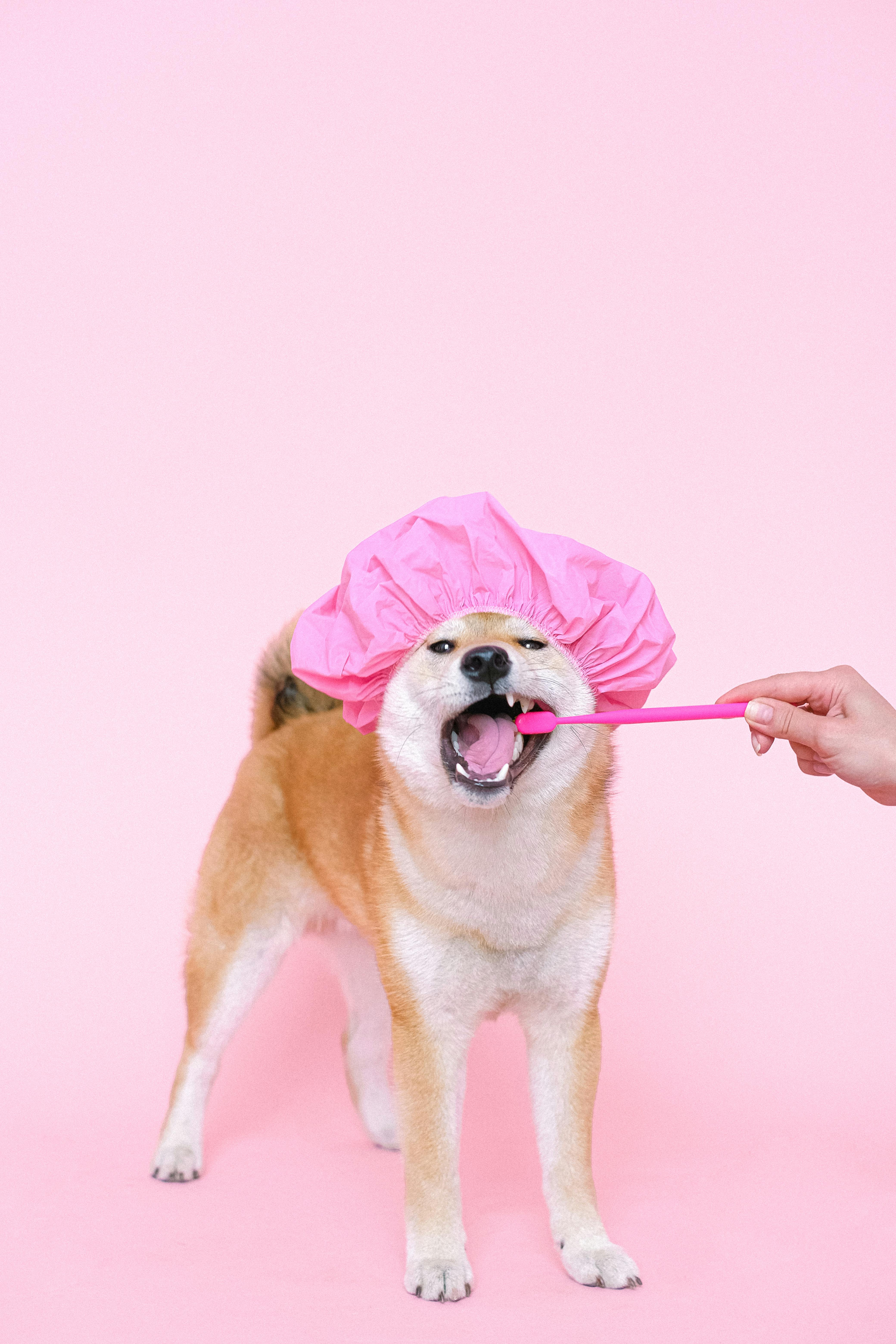7 Tips for Brushing Your Pet's Teeth | For Pets With Love

7 Tips for Brushing Your Pet’s Teeth | For Pets With Love
Introduction
Maintaining your pet’s dental health is crucial for their overall well-being. Just like humans, pets can suffer from dental problems such as plaque buildup, gum disease, and tooth decay. Brushing your pet’s teeth regularly is one of the most effective ways to prevent these issues. In this article, we’ll share 7 essential tips for brushing your pet’s teeth, making the process easier and more effective for both you and your furry friend.
Why Brushing Your Pet’s Teeth Matters
Brushing your pet’s teeth offers numerous benefits:
- Prevents Dental Disease: Regular brushing removes plaque and tartar, preventing gum disease and tooth decay.
- Freshens Breath: Brushing eliminates bacteria that cause bad breath, leaving your pet with a fresher mouth.
- Supports Overall Health: Good oral hygiene can prevent bacteria from entering the bloodstream and affecting other organs.
1. Start Early
Benefits/Instructions
Begin brushing your pet’s teeth as early as possible to get them accustomed to the process. Start with short sessions and gradually increase the duration as they become more comfortable.
2. Use Pet-Specific Toothpaste
Benefits/Instructions
Never use human toothpaste on your pet, as it contains ingredients that can be harmful. Pet-specific toothpaste comes in flavors that animals enjoy, making the experience more pleasant.
3. Choose the Right Toothbrush
Benefits/Instructions
Use a toothbrush designed for pets, which has soft bristles and a small head to fit comfortably in their mouth. Finger brushes are also a good option for smaller animals.
4. Introduce the Toothpaste Gradually
Benefits/Instructions
Let your pet lick the toothpaste off your finger or the toothbrush to get used to the taste and texture before attempting to brush their teeth.
5. Focus on the Outer Surfaces
Benefits/Instructions
Concentrate on brushing the outer surfaces of the teeth, where plaque and tartar tend to accumulate. Don’t worry too much about the inner surfaces, as your pet’s tongue will help clean those areas.
6. Be Gentle
Benefits/Instructions
Use gentle, circular motions to brush your pet’s teeth, avoiding excessive pressure that could irritate their gums.
7. Reward Your Pet
Benefits/Instructions
After each brushing session, reward your pet with praise, a treat, or a favorite toy to create a positive association with the experience.
FAQs
Q. How often should I brush my pet’s teeth?
A. Ideally, you should brush your pet’s teeth daily. However, even brushing a few times a week can make a significant difference in their oral health.
Q. What if my pet resists having their teeth brushed?
A. Be patient and persistent. Start with short sessions and gradually increase the duration as your pet becomes more comfortable. If they continue to resist, consult with your veterinarian for advice.
Q. Can I use dental wipes instead of brushing?
A. Dental wipes can be a helpful supplement to brushing, but they are not as effective at removing plaque and tartar. Use them in conjunction with brushing for optimal results.
Conclusion
Brushing your pet’s teeth is an essential part of their overall care. By following these 7 tips, you can make the process easier and more effective, helping to keep your pet’s teeth clean, breath fresh, and smile bright. If you have any questions or tips of your own, feel free to share in the comments below!